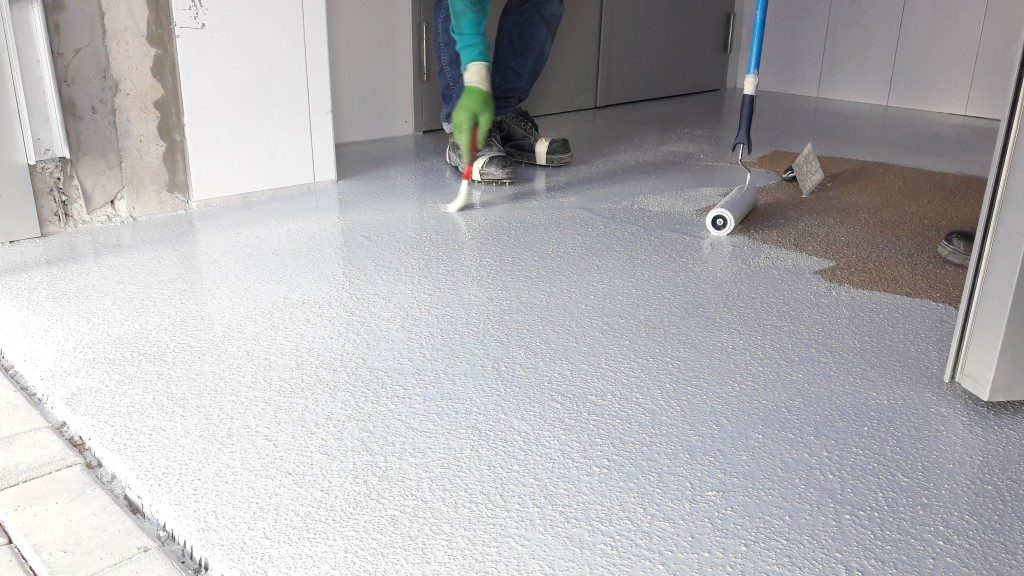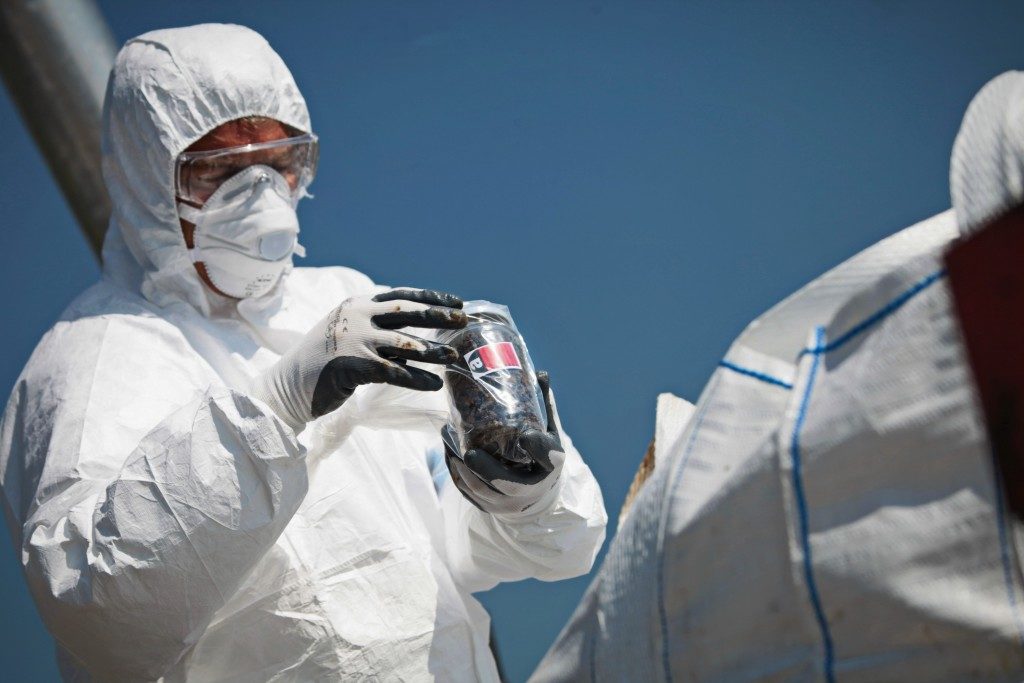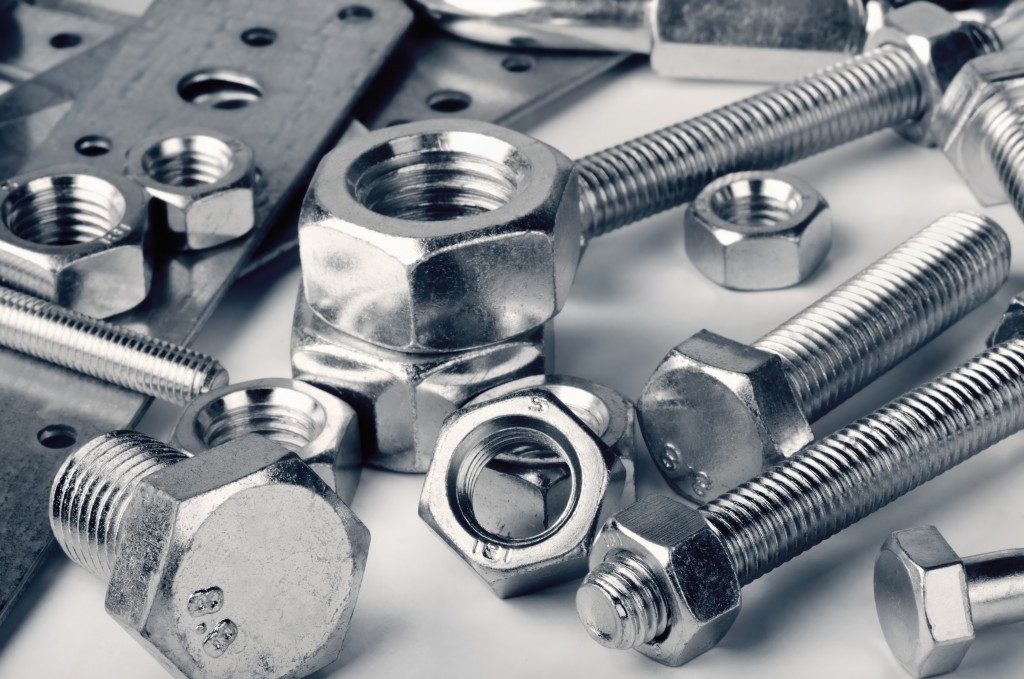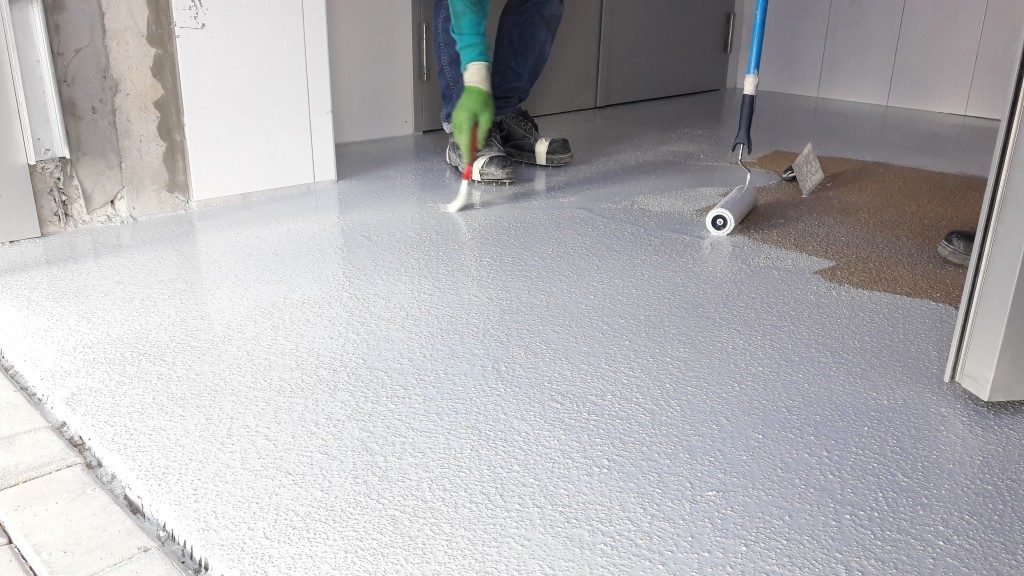
The garage floor is prime real estate for homeowners who want to add pizzazz to an otherwise bland garage. After all, concrete floors are highly functional but can look rather dull. Homeowners have several options to spruce up their concrete garage floors. One of them is getting a garage floor finish.
There are two main categories for garage floor finishes: coatings and coverings. Both have their fair share of pros and cons. Coatings, while requiring more work than coverings, are a popular option especially, among DIY homeowners. Paint and epoxy are the two different types of garage floor coatings. Both types of products are applied the using rollers or brushes but have different chemical makeup and performance.
Make sure to ask for professional help before revamping your garage floor. New Jersey companies specializing in garage floor coatings can advise you on what floor coating would suit your needs best.
Clearing the Epoxy and Paint Mix-up
Standard garage floor paint is also known as latex acrylic paint. This type of coating is suitable for rarely used garages or those that are only used for storage. Latex acrylic comes in an extensive array of colors and finishes (matte, satin, and glossy) but offer little to no protection for your concrete garage floor.
Epoxy, on the other hand, is a thermosetting resin made of equal parts epoxide resin and polyamine hardener. You can’t buy pre-mixed epoxy as you do with paint. You’ll need to mix the two parts together just before using it. Once it’s mixed, temperature constraints require that it’s applied immediately to the floor’s surface.
Despite the stark differences, many consumers still interchange paint and epoxy. This is partly due to products labeled as “epoxy paint.” Epoxy coating manufacturers decided to market their products as such due to people mixing up the terms paint and coating whenever they search online or in stores. The decision to market some epoxy coating products as epoxy paint has led to more confusion, with some people aiming to buy epoxy coatings ending up with latex acrylic paint instead.
The Ideal Epoxy and Paint Formulation
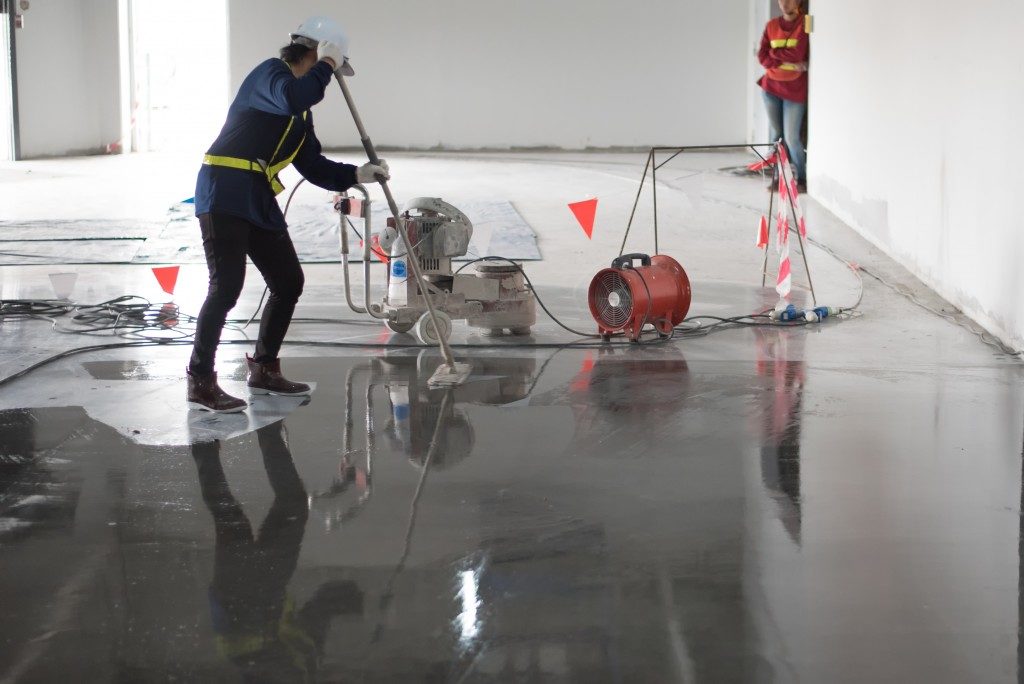
The term epoxy paint, while misleading, still holds a grain of truth. If you’re leaning towards using paint to add style to your garage, a pre-mixed one-part epoxy garage floor paint would be your best bet. While still classified as paint, the epoxy ester resin mixed in the product makes it more durable against scuffs, stains, and mold than regular acrylic latex.
Concrete garage floors that require more protection would benefit most from 100 percent solids epoxy coatings. Compared to store-bought epoxy paint kits (which are commonly water-based and only contain 50 percent solids), this commercial-grade epoxy formula dries at 10 mils or more and offers better resistance to hot tire pick up.
Prepping Before Painting
You’ll need to do a significant amount of preparation before applying coatings. After that, though, paint and epoxy coatings are applied easily using brushes and rollers.
A properly prepped garage floor should be clean and slightly porous for the coating to adhere properly. The prep work may involve floor grinding, acid etching, or shot blasting to make the surface as smooth as possible for epoxy coatings.
Make sure to resolve any moisture problems that may shorten the lifespan of your garage floor coating. Take note, too, that floor coatings won’t fix existing floor problems so repair any cracks or other damage to the concrete first. Apply primer, as well, especially if you’re using epoxy coatings to ensure the product sticks well.
Coatings may be DIY-friendly, but that’s no reason to take on unnecessary stress and work. Your friendly concrete flooring and garage floor experts are there to lend a hand and make sure your coatings are professionally and beautifully applied.
